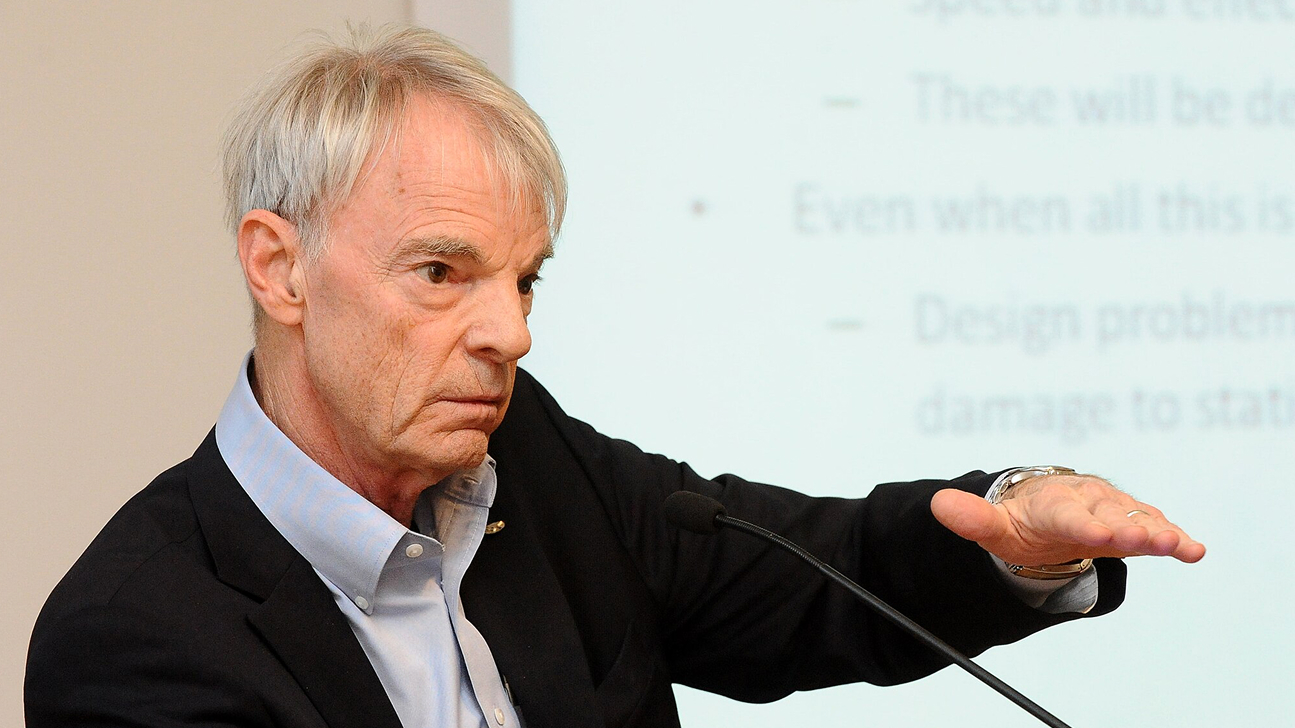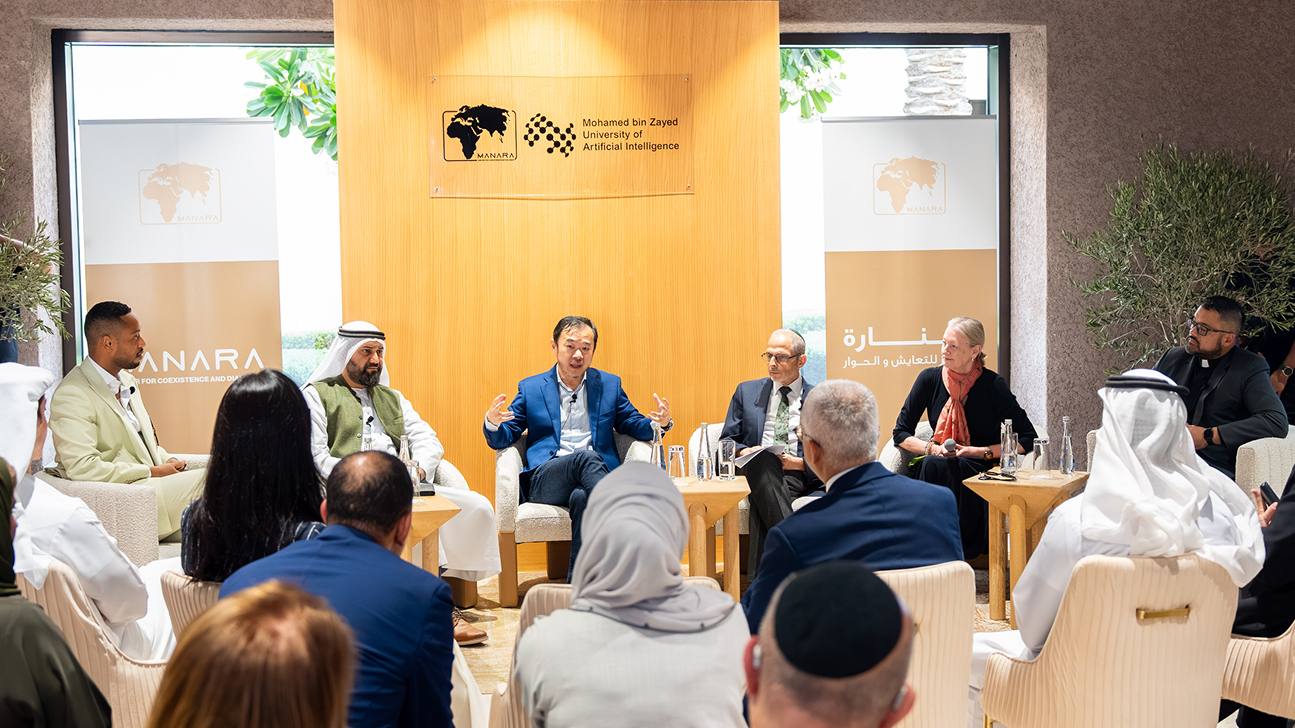Intelligent Robots Operating in the Real World: From Agriculture Robots to Autonomous Cars
Wednesday, May 10, 2023
Autonomous robots need the ability to perceive and model their environment and make appropriate decisions in complex situations. The complexity results from the high-dimensional perceptions, the large number of possible actions, and the uncertainty about the state of the world. In this talk, I will present recent developments for solving relevant problems in different application areas. The talk covers results from two research directions: agricultural robotics and self-driving cars. The first part of my talk tackles robots in agriculture. Crop farming is essential in our society, providing us with food, feed, fiber, and fuel. We heavily rely on agricultural production, but at the same time, we need to reduce the footprint of agriculture production. Agricultural robots and other new technologies offer promising directions to address key management challenges in agricultural fields. To achieve this, autonomous field robots need the ability to perceive and model their environment, predict possible future developments, and make appropriate decisions in complex and changing situations. Related problems also appear in other application areas such as autonomous cars. Also in this domain, autonomous vehicles need geometric and semantic models of the world. In the second part of my talk, I will present recent developments using supervised and unsupervised learning for the perception system of autonomous cars.
Post Talk Link: Click Here
Passcode: x8KCD3$7
Speaker/s
Cyrill Stachniss is a full professor at the University of Bonn and heads the Photogrammetry and Robotics Lab. Before his appointment in Bonn in 2014, he was with the University of Freiburg and the Swiss Federal Institute of Technology. Since 2010 a Microsoft Research Faculty Fellow and received the IEEE RAS Early Career Award in 2013. From 2015-2019, he was senior editor for the IEEE Robotics and Automation Letters. He is the spokesperson of the DFG Cluster of Excellence "PhenoRob" at the University of Bonn, a project in Germany's most prestigious funding scheme. His research focuses on probabilistic techniques for mobile robotics, perception, and navigation. The main application areas of his research are autonomous service robots, agricultural robotics, and self-driving cars. He has co-authored over 300 publications, has won several best paper awards, and has coordinated multiple large research projects on the national and European level.
Related
Nobel Laureate Michael Spence on how AI is redefining the global economy
Nobel Prize-winning economist Michael Spence explains how AI is reshaping the economic landscape and what is needed.....
- digital policy ,
- governance ,
- Nobel Prize ,
- guest talk ,
- guest lecture ,
- economics ,
- Economy ,
- Undergraduate ,
Understanding faith in the age of AI
MBZUAI hosted a panel discussion in collaboration with the Manara Center for Coexistence and Dialogue focused on.....
- connection ,
- discussion ,
- religion ,
- spirituality ,
- faith ,
- conversation ,
- panel ,
- Human–computer interaction ,

